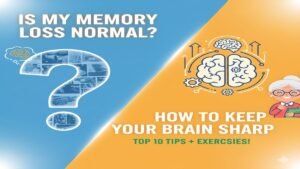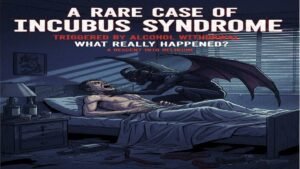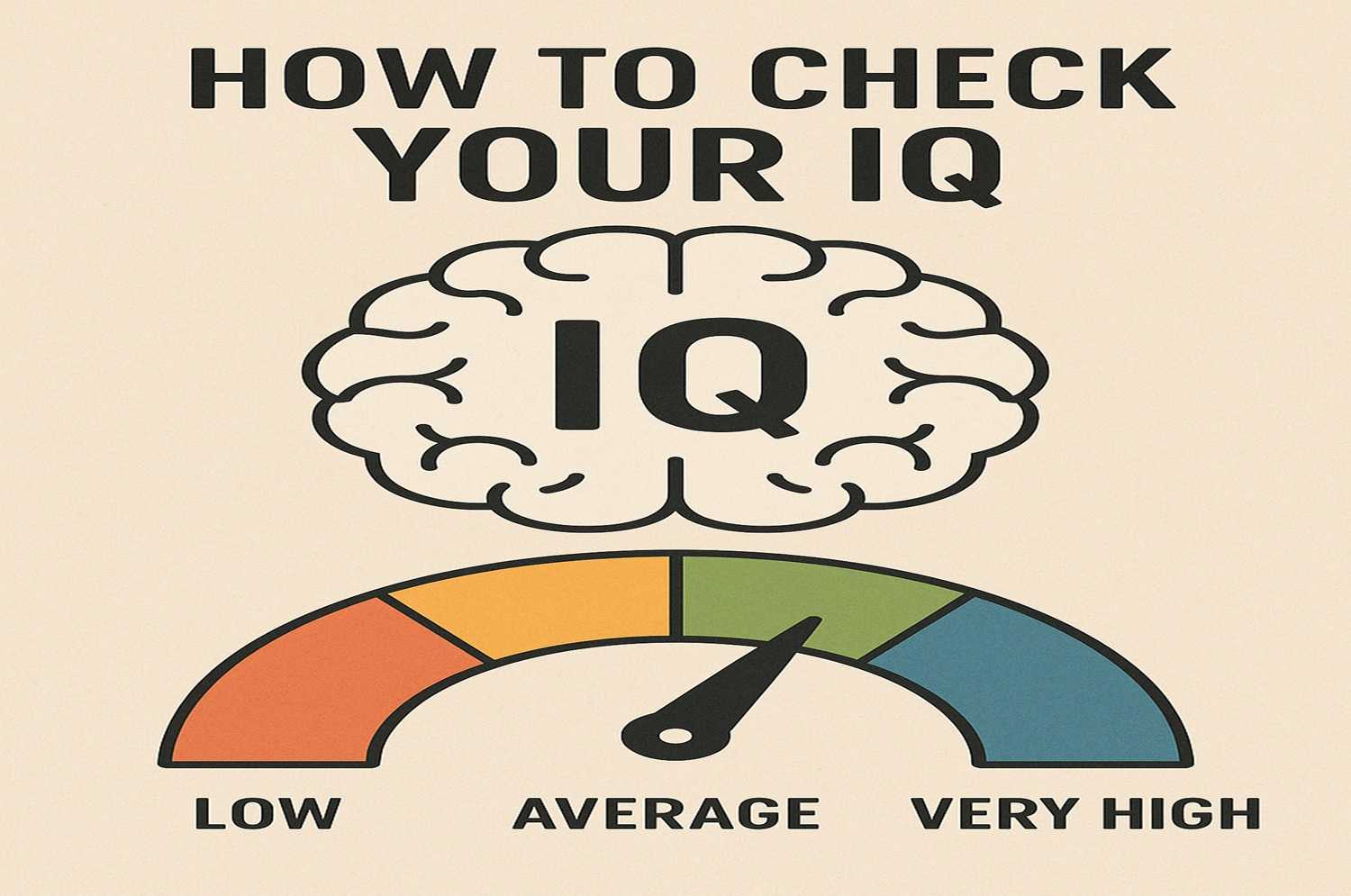Living with Anxiety and Panic Disorders: Breaking Down the Invisible Battle
In today’s fast-paced world, the term “anxiety” gets tossed around casually, but for those grappling with genuine anxiety and panic disorders, these conditions represent far more than temporary nervousness. Let’s dive deep into understanding these complex mental health challenges that affect millions worldwide, yet often remain misunderstood.
Table of Contents
ToggleBreaking Down the Basics: More Than Just Worry
Picture your brain as a sophisticated alarm system. In people with anxiety disorders, this alarm gets triggered even when there’s no real danger – like a smoke detector that blares at the slightest hint of steam from your shower. This persistent state of alertness exhausts both mind and body, transforming everyday situations into potential battlegrounds.
Panic disorder takes this experience to another level – imagine suddenly feeling like you’re drowning while sitting at your desk, your heart racing as if you’ve run a marathon, yet you haven’t moved an inch. These unexpected panic attacks can strike without warning, leaving individuals constantly bracing for the next episode.
The Many Faces of Anxiety
The Constant Worrier: Generalized Anxiety Disorder
Think of Generalized Anxiety Disorder (GAD) as wearing anxiety-tinted glasses – everything you see becomes a potential source of worry. That unopened email? It might contain bad news. Your child’s slight cough? Could be something serious. Your perfectly adequate work presentation? Somehow, it feels catastrophically inadequate.
Living with GAD means carrying an invisible backpack filled with “what-ifs” and worst-case scenarios. Even when one worry gets resolved, another quickly takes its place, creating an exhausting cycle of constant concern.
The Social Butterfly with Clipped Wings: Social Anxiety
Imagine feeling like you’re on stage under a spotlight every time you enter a room. Every word feels weighted, and every move seems scrutinized.. That’s the reality for those with social anxiety disorder. Simple acts like ordering coffee or answering a phone call become herculean tasks, each social interaction a potential minefield of embarrassment.
The cruel irony? Many people with social anxiety deeply crave connection but find themselves trapped behind an invisible wall of fear.
The Unexpected Storm: Panic Disorder
Panic attacks are like emotional thunderstorms that strike from clear skies. Your body goes into full emergency mode – heart pounding, chest tightening, breathing becoming shallow. The scariest part? The complete disconnect between the intensity of these physical reactions and the actual situation at hand.
Many sufferers develop “fear of the fear” – anxiety about having another panic attack becomes a self-fulfilling prophecy, creating a vicious cycle that can be hard to break.
When Your Body Sounds the Alarm
The Physical Symphony of Anxiety
Anxiety manifests in fascinating yet uncomfortable ways. Your stomach might feel like it’s hosting Olympic gymnastics trials. Your muscles might tense up as if preparing for a fight that never comes. Sleep becomes elusive, yet exhaustion remains a constant companion.
Consider these physical manifestations as your body’s misguided attempt to protect you – like an overprotective parent who won’t let you take even calculated risks.
The Mind’s Maze
The psychological impact runs deep. Concentration scatters like leaves in the wind. Decision-making becomes paralyzed by endless “what-if” scenarios. Even simple choices like what to eat for lunch can become overwhelming when filtered through anxiety’s distorting lens.
Unraveling the Origins
Nature’s Blueprint
Genetics plays its part – anxiety can run in families like eye color or height. But unlike these fixed traits, anxiety’s expression can be influenced by numerous factors. Think of it as having a predisposition rather than a predetermined destiny.
Life’s Imprint
Our experiences shape us like water shapes rock. Childhood experiences, traumatic events, or prolonged stress can create mental pathways that lead to anxiety. Understanding these origins doesn’t magically cure the condition, but it provides crucial context for healing.
The Path to Understanding: Diagnosis and Assessment
Getting diagnosed with an anxiety disorder isn’t like testing for strep throat – there’s no simple swab test that gives you a yes or no answer. Instead, mental health professionals piece together the puzzle through careful observation and discussion.
They look at patterns: How long have symptoms persisted? How do they impact daily life? What triggers them? This detective work helps distinguish between normal life stress and clinical anxiety disorders.
Modern Approaches to Treatment
Reshaping Thought Patterns
Cognitive Behavioral Therapy (CBT) stands out as a powerful tool in the anxiety-fighting arsenal. Think of it as rewiring your brain’s response system. Instead of automatically catastrophizing (“My boss wants to meet – I’m definitely getting fired”), you learn to question these assumptions and consider more balanced possibilities.
The Role of Medication
Sometimes, medication acts like a bridge – helping you cross the chasm between overwhelming anxiety and manageability. It’s not about numbing emotions but rather bringing them back to a level where other coping strategies become possible.
The Holistic Picture
Treatment often works best when approaching anxiety from multiple angles. Like tuning a complex instrument, it requires adjusting various elements:
- Physical activity becomes a natural anxiety reducer
- Practicing mindfulness helps you stay anchored in the present.
- Proper sleep hygiene supports emotional resilience
- Nutrition choices can impact anxiety levels
Living and Thriving with Anxiety
The Professional Sphere
Managing anxiety at work presents unique challenges. Open-plan offices might feel like emotional obstacle courses. Presentations could seem like climbing Mount Everest. Many people with anxiety often excel professionally due to their deep sense of responsibility and attention to detail
Relationships and Connection
Anxiety can strain relationships but also deepen them. When partners, friends, and family understand the condition, it can lead to stronger bonds and more authentic connections. Communication becomes key – helping loved ones understand that anxiety isn’t a choice or a weakness, but a real challenge that requires patience and support.
The Road Ahead: Hope and Innovation
Research continues to unlock new understandings of anxiety disorders. From advanced neuroimaging studies to innovative treatment approaches, the field evolves rapidly. Digital health tools offer new ways to track and manage symptoms, while growing mental health awareness helps reduce stigma.
Embracing the Journey
Living with anxiety isn’t about achieving a perfect, anxiety-free existence. Instead, it’s about building resilience, understanding your triggers, and developing a toolbox of coping strategies. Some days will be harder than others, but with proper support and treatment, anxiety becomes manageable rather than overwhelming.
Final Thoughts
Anxiety and panic disorders represent complex challenges that deserve understanding, not judgment. While they can significantly impact life, they don’t define a person’s worth or potential. Through a combination of professional help, personal effort, and support from others, many people learn to not just cope with anxiety but to live rich, fulfilling lives alongside it.
Remember: seeking help isn’t a sign of weakness but a step toward reclaiming control. In the journey of managing anxiety and panic disorders, every small victory counts, and recovery, while not always linear, is absolutely possible
Read also:-
Mental Health for Kids: The Complete Parent’s Guide to Supporting Children’s Emotional Well-being (2024)
Frequently Asked Questions About Anxiety and Panic Disorders
General Questions About Anxiety
Q: What’s the difference between normal anxiety and an anxiety disorder?
Normal anxiety is a temporary response to stressful situations, like being nervous before a presentation. An anxiety disorder involves persistent, excessive worry that interferes with daily life and lasts for months. The key difference lies in the intensity, duration, and impact on your ability to function.
Q: Can anxiety make you feel physical symptoms?
Yes, anxiety often manifests physically. Common symptoms include rapid heartbeat, sweating, trembling, stomach issues, muscle tension, and fatigue. These physical symptoms are real and not “just in your head” – they’re caused by your body’s stress response system.
Q: Are anxiety disorders genetic?
Research suggests that anxiety disorders can run in families, but it’s not as simple as inheriting eye color. Environmental factors, life experiences, and learned behaviors also play significant roles. Having a family history of anxiety doesn’t guarantee you’ll develop an anxiety disorder.
Understanding Panic Attacks
Q: What exactly happens during a panic attack?
During a panic attack, your body’s fight-or-flight response activates suddenly and intensely. You might experience rapid heartbeat, chest pain, difficulty breathing, dizziness, and a sense of impending doom. These attacks typically peak within 10 minutes and gradually subside.
Q: Can you die from a panic attack?
No, although panic attacks can feel terrifying, they’re not life-threatening. The symptoms may feel similar to a heart attack, but panic attacks don’t cause physical harm. However, if you’re unsure whether you’re experiencing a panic attack or a heart attack, seek medical attention.
Q: Do panic attacks come with warning signs?
Sometimes. While panic attacks can strike without warning, many people notice subtle signs beforehand, such as increased tension, racing thoughts, or environmental triggers. Learning to recognize these early warning signs can help you manage attacks more effectively.
Treatment and Management
Q: Do I need medication to treat anxiety?
Not necessarily. Treatment plans vary by individual. While medication can be helpful, especially in severe cases, many people effectively manage anxiety through therapy, lifestyle changes, and coping strategies. Discuss your options with a mental health professional to find what works best for you.
Q: How long does treatment typically take?
There’s no standard timeline for treating anxiety disorders. Some people notice improvement within a few months of starting treatment, while others may need longer-term support. Progress often depends on various factors, including the severity of symptoms, type of treatment, and individual circumstances.
Q: Can anxiety be cured completely?
Rather than thinking about “curing” anxiety, it’s more realistic to focus on managing it effectively. Many people learn to control their symptoms and live fulfilling lives. While anxiety may not completely disappear, its impact can be significantly reduced through proper treatment and coping strategies.
Daily Life and Coping
Q: How can I help someone who has anxiety?
Listen without judgment, avoid dismissing their feelings, and don’t try to “fix” everything. Ask how you can support them, respect their boundaries, and encourage them to seek professional help if needed. Simple gestures like checking in regularly can make a big difference.
Q: Will anxiety affect my work performance?
Anxiety can impact work performance, but many people with anxiety disorders maintain successful careers. Good management strategies, reasonable accommodations, and open communication with employers (when appropriate) can help balance anxiety with professional responsibilities.
Q: Can exercise really help with anxiety?
Yes, regular physical activity can significantly reduce anxiety symptoms. Exercise releases endorphins (natural stress relievers), improves sleep quality, and boosts self-confidence. Even moderate activities like walking can have positive effects on anxiety levels.
Specific Situations
Q: Why does my anxiety get worse at night?
Nighttime anxiety is common because there are fewer distractions, giving worried thoughts more space to surface. Additionally, fatigue can make it harder to manage anxious thoughts, and darkness can heighten feelings of vulnerability.
Q: Can anxiety cause memory problems?
Yes, anxiety can affect memory and concentration. When you’re anxious, your brain focuses on perceived threats rather than storing and recalling information effectively. This can make it harder to remember details or concentrate on tasks.
Q: Is it normal for anxiety to change over time?
Anxiety symptoms can fluctuate based on life circumstances, stress levels, and other factors. What triggers anxiety might change, and symptoms may vary in intensity. This is normal and doesn’t mean your treatment isn’t working.
Lifestyle and Prevention
Q: What foods or drinks should I avoid if I have anxiety?
Consider limiting caffeine, alcohol, and sugary foods, as these can worsen anxiety symptoms. Some people also find that artificial sweeteners and processed foods affect their anxiety levels. Stay hydrated and maintain a balanced diet for better symptom management.
Q: How important is sleep for anxiety management?
Sleep is crucial for managing anxiety. Poor sleep can increase anxiety symptoms, while anxiety can make it harder to sleep, creating a challenging cycle. Maintaining good sleep hygiene and a consistent sleep schedule can help break this pattern.
Q: Can mindfulness really help with anxiety?
Yes, mindfulness practices can effectively reduce anxiety by helping you stay present instead of worrying about the future. Regular mindfulness exercises can change how your brain responds to stress and anxiety triggers over time.
Emergency Situations
Q: When should I seek emergency help for anxiety?
Seek immediate help if you’re having thoughts of self-harm or suicide, experiencing severe panic attacks that don’t subside, or if anxiety is preventing you from meeting basic needs like eating or sleeping.
Q: What should I do during a panic attack in public?
Find a quiet place if possible, focus on your breathing, and remind yourself that the attack will pass. Having a pre-planned coping strategy can help, such as carrying anti-anxiety medication (if prescribed) or calling a trusted person for support.
Q: How do I create an emergency plan for severe anxiety?
Work with your mental health provider to develop a crisis plan. Include emergency contact numbers, coping strategies, medication information, and when to seek professional help. Share this plan with trusted friends or family members.









